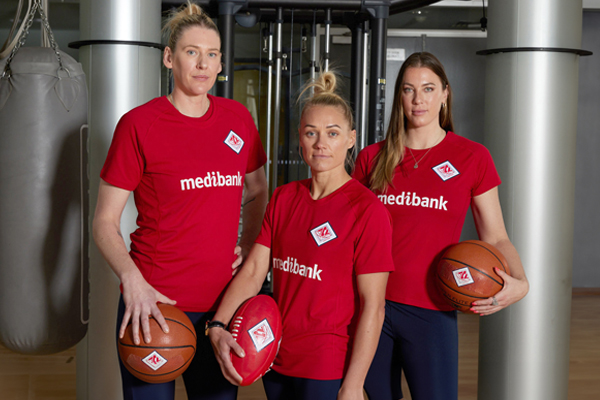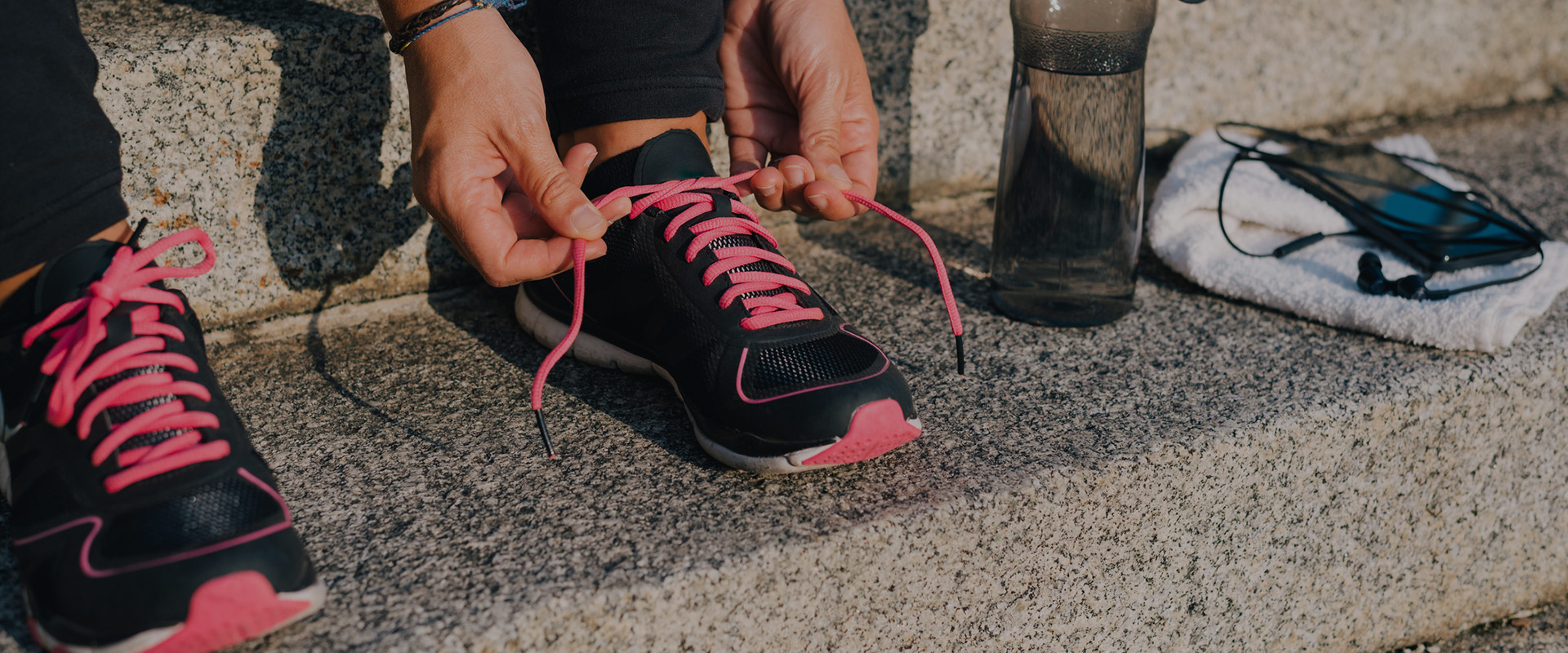-
Lifelong exercise is crucial for preventing osteoporosis. Building and keeping strong bones from childhood to our senior years with good diet, healthy lifestyle and exercise is the best insurance against fragile bones in older age.
It’s never too late to start exercising to protect your bones, but it’s clear from recent research that we need to adopt a far more focused, evidence-based approach to exercise for bones than we have so far. ‘Just get moving’ isn’t helpful advice for a person facing the very real prospect of osteoporosis and broken bones as they age.
The best exercise for strong bones
Putting the skeleton under stress – jolting the bones and subjecting them to forces that they aren’t used to in everyday life – drives the bones to get stronger so that they can stand up to similar stresses in the future. This is why low-impact exercises such as swimming, cycling, and ordinary walking don’t improve bone strength.
Exercises that involve the feet making forceful impact with the ground, such as running, jumping, and even tennis and dancing are good for bones, as well as resistance exercise (strength training using gym machines, lifting weights or pushing against your own body weight).
A combination of both exercise types, done for around 30 minutes, 3-5 times per week and gradually increasing in intensity, is recommended for healthy adults to maintain bone strength.
"Increase your exercise intensity over time so that your bones don’t get ‘comfortable’ and stop responding."
Exercising as you age
In people over the age of 50, a more targeted approach is needed to strengthen the ‘high risk’ bones of the hip, spine, wrist and ankle. These sites are most at risk of osteoporotic fracture.
Based on evidence from studies published over the last few years, Osteoporosis Australia’s experts recommend that older adults perform regular (2-3 times per week) resistance exercises that work the muscles attached to high-risk bones. Back and knee extension exercises and squats or lunges are good examples.
For the best results, here are a few more tips:
1. Build up your intensity
It is critical that the intensity of resistance exercise is increased over time so that the bones don’t get ‘comfortable’ and stop responding (low intensity resistance training doesn’t improve bone strength).
2. Increase your resistance level
The weight or level of resistance used should be increased gradually over a number of sessions until the weight feels hard to lift, but not impossible.
3. Speed up
Performing resistance exercises at high speed also increases their effectiveness.
4. Add in high impact activities
This type of exercise has benefits when performed alone or in combination with high impact activities. Jumping, hopping or skipping in different directions for short bursts of a few seconds is very effective.
5. Work on your balance
If you have had one or more falls recently, then you should add balance exercises to your exercise routine, such as standing on one leg with your eyes closed.
Exercise safely
Before you start exercising for bone health, especially if you have osteoporosis or have already had a fracture, it’s important that you consult a qualified exercise professional. Some exercises should not be performed if your bone health is already very poor, and high impact activities may be not be advised if you have arthritis in your hips, knees or feet.
A physiotherapist or accredited exercise physiologist can design a safe and effective exercise program, and provide supervision if needed.
To self assess your bone health, check out the handy tool at Know Your Bones.
Want stronger bones? This exercise will help

-
Everything you need to know about parkrun
Been wondering what a parkrun looks like? Where do you go? What do you do? How do you sign up? Find out here.
-
Five ways to exercise when on a budget
You don’t need to spend money on gym memberships just to meet your fitness goals. Here are five free ways to stay healthy and active when you’re living on a budget.
-
How parkrun changed my life
Christie Farrow went from being an exercise-phobe to a true blue runner with parkrun.
-
Australia's top female athletes unite on ACL injury
Some of Australia's most talented athletes have joined forces to highlight the unique injury challenges women face.
-
How to create your perfect summer fitness plan
Be inspired by the sunshine and get moving
-
The essential foam rolling routine
Improve posture and flexibility with this essential foam rolling routine. Discover effective stretches to ease muscle tightness and enhance your daily movement.
Subscribe to receive the best from Live Better every week. Healthy recipes, exercise tips and activities, offers and promotions – everything to help you eat, move and feel better.
By clicking sign up I understand and agree to Medibank's privacy policy






